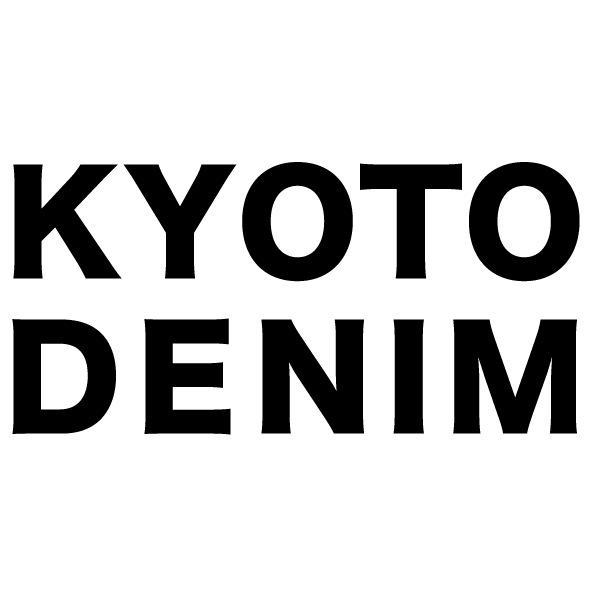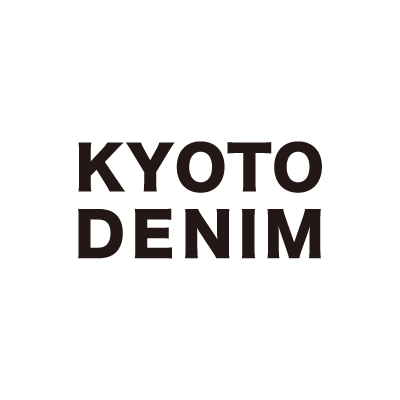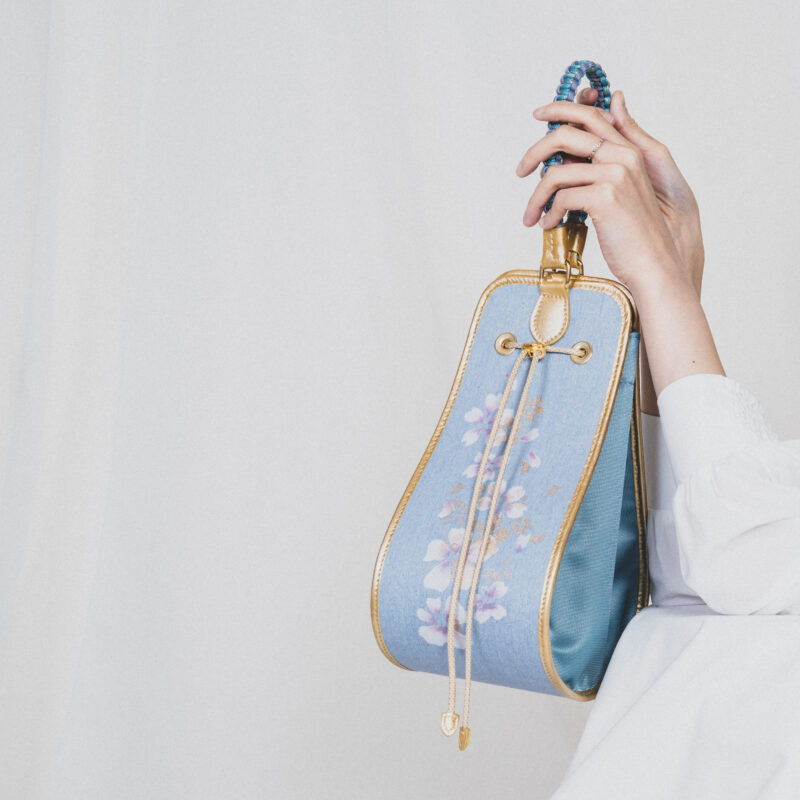Timeless spirit of Kyoto Denim
When we create what the customer needs, such as a cherry blossom pattern, we work with a paper pattern. This work begins from engraving one by one with our spirit.
Courteous work of engraving
We engrave using the traditional way by using a paper pattern repeatedly.
After engraving, we apply the pattern to the jeans. The engraved pattern must be applied perfectly, so it takes a long time.
We create a paper pattern with tempering discharge paste. Each time, the result of the discharge paste is different, making each pair of jeans different. In the same way, discharge printing always changes each season. For example, blooming blossoms in spring. Temperatures, humidity, water temperature-these make changes to a three-dimensional cherry blossom pattern. Our work is always connected with nature.
The aesthetic qualities we use change with season. After putting on a paper pattern, we carefully apply special ink that allows us to dye the fabric, in a way similar to bleaching.
The climate and temperature influence the intensity of this special ink, making this a complicated step.
We remove the paper pattern, after leaving the ink to dry for a couple of minutes to an hour.
After setting, we remove the discharge paste with a tracing spatula and remove the paper pattern. At that time, a white color pattern has appeared.
After checking the condition of the jeans, we wash out the remaining ink quickly and carefully. It requires elaborate work, as the pattern has the possibility to fade away.
After washing, we clean the jeans in a bucket by hand, as physical strength is needed to clean it thoroughly. Then, we use neutralized water to neutralize the ink. After the neutralization, we wash it again a number of times.
Next, the jeans are left to dry in the shade.
Many customers order these paper patterns. Each pattern is created carefully, and difficult patterns can take a whole day to complete.
These paper patterns are very fine patterns.
The history of paper pattern
When we engrave we consider the historical background and the culture of Japan.
To create authenticity and to hand down the tradition of engraving is our mission.
To create authenticity and to hand down the tradition of engraving is our mission.
小紋染の型紙、伊勢型紙とは
京都の型紙と同じく伊勢型紙の型地紙(かたぢがみ:または渋紙とも呼ばれます。)も、手漉きの和紙を手作業で柿渋を用いて張り合わせ、天日に干して作られます。その紙を用いて、型彫師が卓越した技と時間を費やして精緻な文様を彫り上げたものが伊勢型紙です。
この写真の型紙は、絹の紗と漆を用いて「紗張り(しゃばり)」という、染色のための補強が施されています。
渋紙の型紙を用いる江戸小紋などの染色作業(型染め)自体も技術を要すると言われますが、高い技術が発揮された型紙(染め型)があってこそ、繊細な美しさを表現することができます。
染め上げられた生地の美しさもさることながら、型紙そのものも、古くから日本に伝わる素晴らしい材料と高い技術が凝縮した、贅沢なもの(だった)といえるのかもしれません。
小紋染の型紙、京小紋型紙とは
京小紋(きょうこもん)
京小紋は約1200年前に始まったとされています。その頃に基本の型紙が作られたそうです。
やがて様々な絹織物が室町時代、応仁の乱の後に生産されました。
それに伴い、染色職人の職人町が生れるなど、京都堀川を中心に徐々に発展していく京小紋。
戦国時代の上杉謙信や徳川家康も京小紋の技術を施した小紋を身に付けたらしく、その人気の高さがうかがえます。
江戸時代に入ると、武士は正装として小紋を染め上げた麻裃を、町人は粋な感覚で小紋を着こなしました。
かくして、しゃれた衣装として流行する小紋。
京小紋は京友禅と影響しあいながら、独自の発展を遂げました。
その特徴は多色染めであり、具象柄の多さであり、一つ一つの柄の大きさです。
京小紋は江戸小紋よりも華やかで、色鮮やかな印象を与えてくれるでしょう。
京小紋は約1200年前に始まったとされています。その頃に基本の型紙が作られたそうです。
やがて様々な絹織物が室町時代、応仁の乱の後に生産されました。
それに伴い、染色職人の職人町が生れるなど、京都堀川を中心に徐々に発展していく京小紋。
戦国時代の上杉謙信や徳川家康も京小紋の技術を施した小紋を身に付けたらしく、その人気の高さがうかがえます。
江戸時代に入ると、武士は正装として小紋を染め上げた麻裃を、町人は粋な感覚で小紋を着こなしました。
かくして、しゃれた衣装として流行する小紋。
京小紋は京友禅と影響しあいながら、独自の発展を遂げました。
その特徴は多色染めであり、具象柄の多さであり、一つ一つの柄の大きさです。
京小紋は江戸小紋よりも華やかで、色鮮やかな印象を与えてくれるでしょう。
型紙には和紙を使用、防染には米から作った糊を用いるなど、京小紋は旧きよき制法を軸にして、現在も生産されています。
伝統的な図柄や現代の生活に沿うようなモダンデザインの京小紋。
京小紋ははんなりとした独特の華やかさも手伝って、人々に愛され続けています。
京都デニムは京小紋の歴史、技術、そして文化を継承しています。


